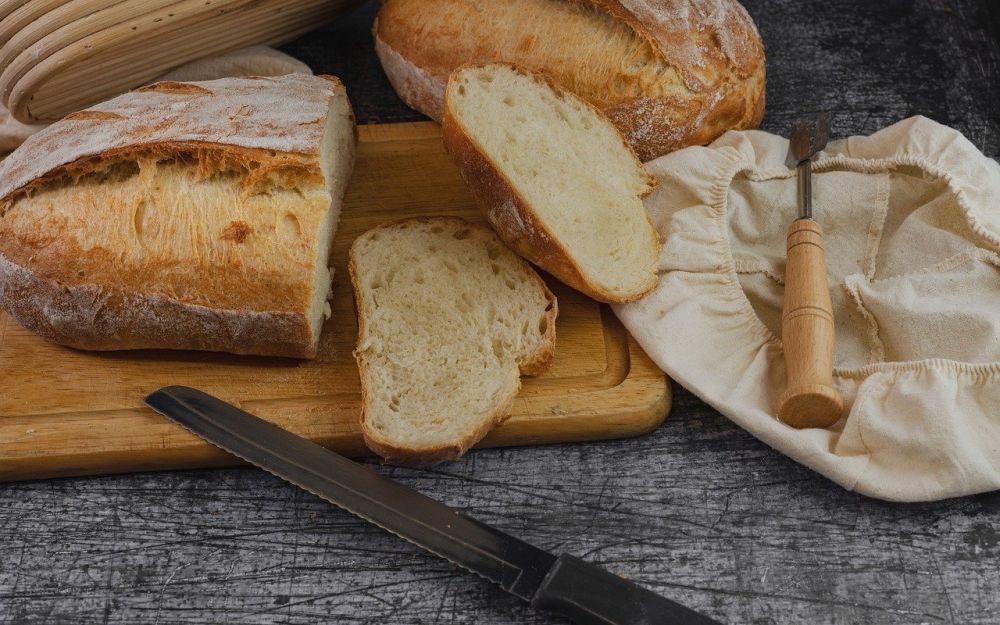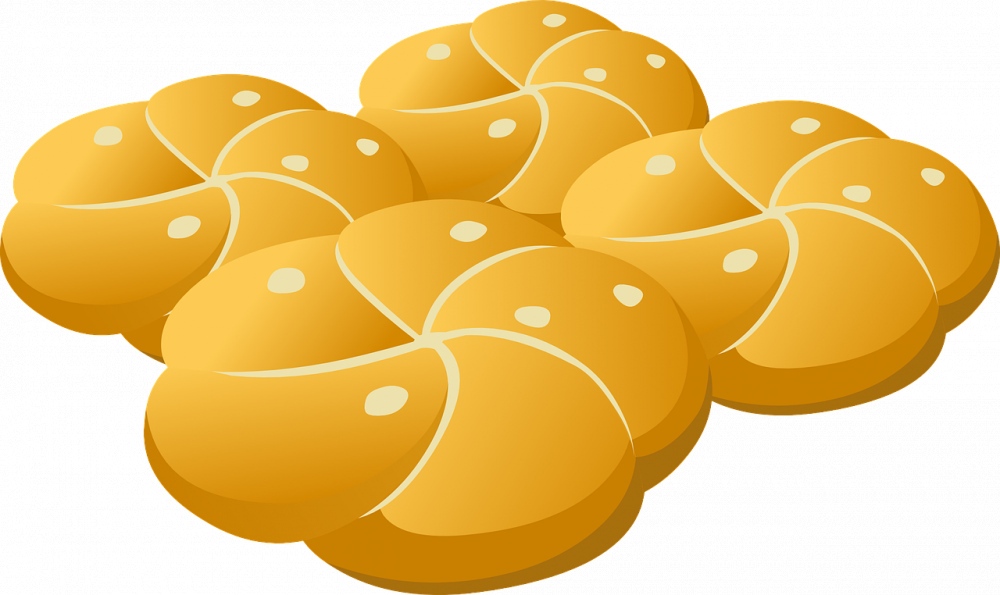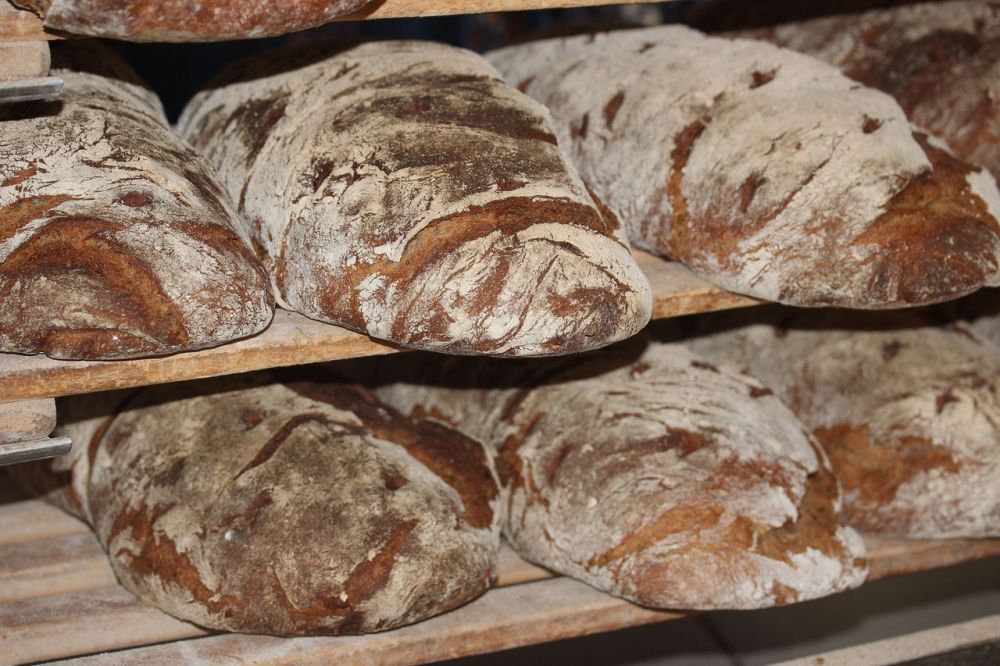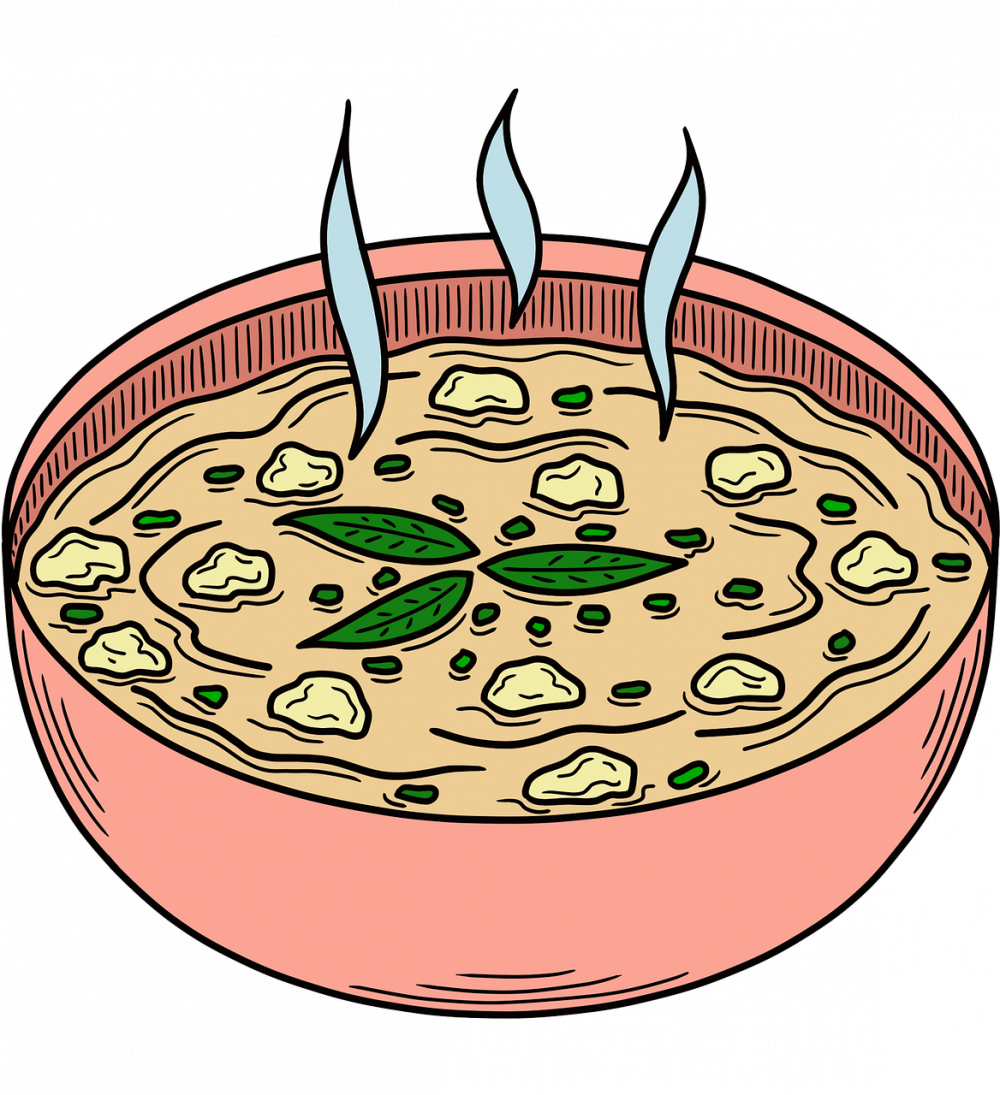Potato Bake: The Ultimate Guide to a Classic Dish
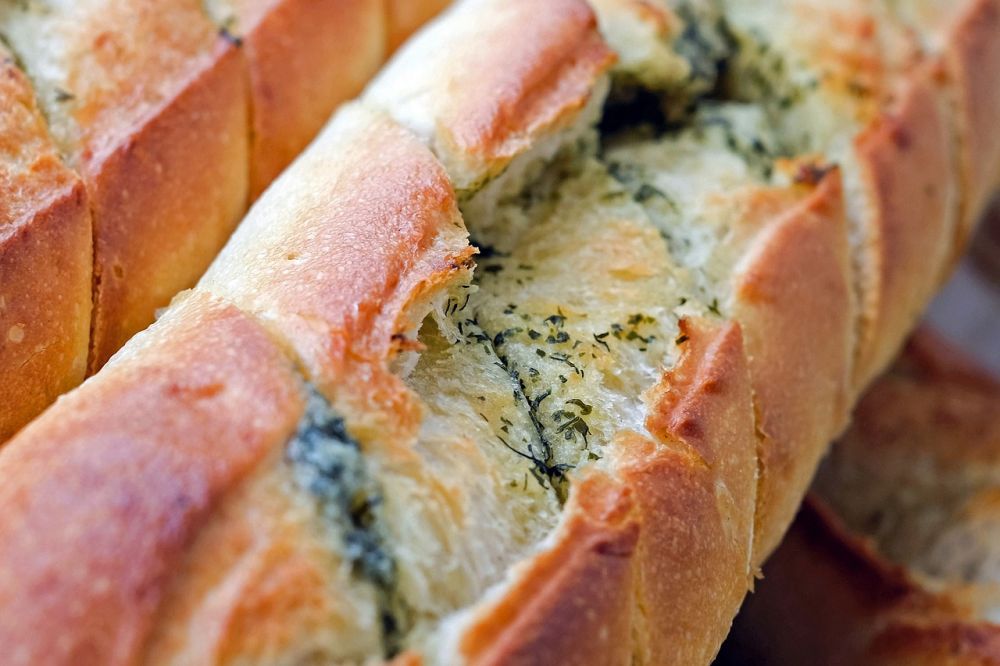
Introduction:
Potato bake is a timeless and delectable dish that has been a favorite among food enthusiasts for centuries. From its humble beginnings to its numerous variations, potato bake continues to dazzle our taste buds with its creamy texture and rich flavors. In this comprehensive article, we will explore the world of potato bake, delving into its origins, popular types, quantitative measurements, variations, and a historical overview of its advantages and disadvantages. So sit back, relax, and prepare to embark on a flavorful journey into the world of potato bake!
What is Potato Bake?
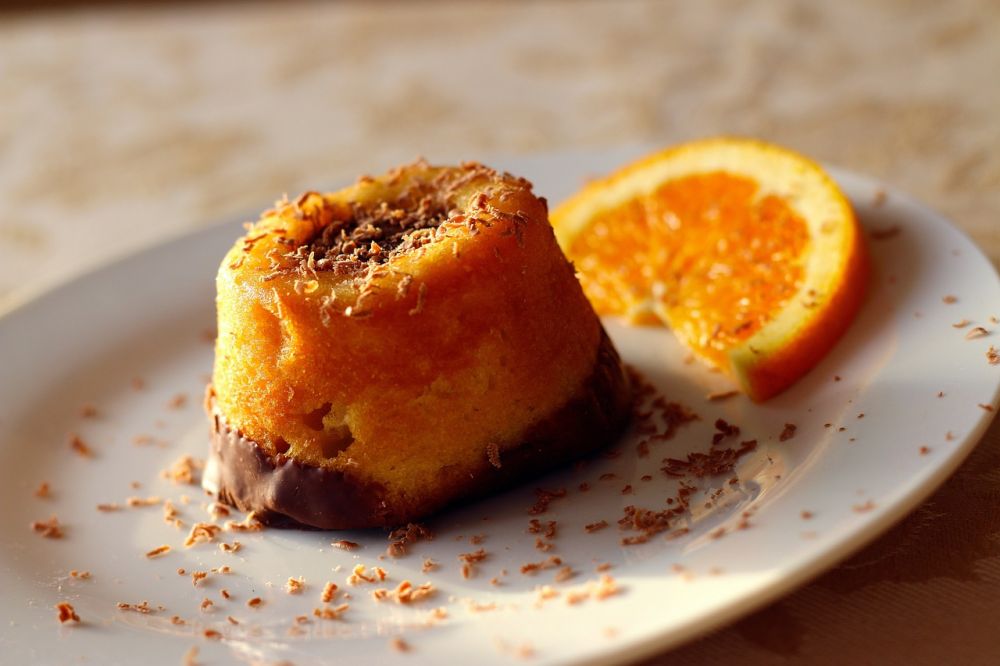
Potato bake, also known as potato gratin or scalloped potatoes, is a classic oven-baked dish that features layers of thinly sliced potatoes, creamy sauce, and often cheese. The dish is typically seasoned with herbs, spices, and sometimes garlic to enhance its flavors. The potatoes are arranged in a baking dish with the sauce poured over them, and then baked until the dish is golden and bubbling. The result is a mouthwatering combination of tender potatoes and a creamy, cheesy sauce that is hard to resist.
Types and Popularity
Potato bake comes in various types and flavors, each with its own unique characteristics. Some popular variations include:
1. Traditional Potato Bake: This classic version consists of thinly sliced potatoes layered with a béchamel sauce, which is a white sauce made from butter, flour, and milk. It is typically seasoned with salt, pepper, and sometimes nutmeg. The dish is then baked until the top is golden and the potatoes are tender.
2. Cheesy Potato Bake: As the name suggests, this variation takes the traditional potato bake and adds an extra layer of indulgence by incorporating a generous amount of cheese. Cheddar, gruyere, or a combination of various cheeses can be used to create a gooey, cheesy delight.
3. Bacon and Onion Potato Bake: This savory variation introduces additional flavors by incorporating crispy bacon and sautéed onions into the layers of potatoes. The combination of smoky bacon and sweet onions adds a depth of flavor to the dish, making it a crowd favorite.
4. Herbed Potato Bake: For those seeking a fresh and aromatic twist, herbed potato bake offers a burst of flavors. This variation includes the addition of herbs such as thyme, rosemary, or parsley to elevate the taste of the dish.
Among these types, the traditional potato bake remains the all-time favorite, but variations like cheesy and bacon and onion potato bake are gaining popularity among food enthusiasts.
Quantitative Measurements
When it comes to potato bake, measurements play a crucial role in achieving the perfect balance of flavors and textures. Here are some key quantitative measurements to consider:
1. Potato Thickness: To ensure even cooking, potatoes should be sliced to a consistent thickness of around 1/8 inch. This allows for an even distribution of heat and avoids undercooked or overcooked potatoes.
2. Sauce-to-Potato Ratio: The sauce-to-potato ratio determines the creaminess and consistency of the dish. A general rule of thumb is to use enough sauce to cover the potatoes completely without drowning them. This ensures that every bite is coated in a luscious sauce.
3. Baking Time and Temperature: The baking time and temperature can vary depending on the recipe and oven. Generally, potato bake is baked at 375F (190C) for about 45 minutes to an hour, or until the top is golden and the potatoes are tender. It is essential to monitor the dish towards the end to prevent overbaking.
4. Cheese Quantity: If adding cheese, the quantity can be adjusted according to personal preference. Typically, recipes call for about 1-2 cups of shredded cheese, but this can be increased or decreased to suit individual taste.
By paying attention to these quantitative measurements, you can ensure a perfectly cooked and delicious potato bake every time.
The Distinctiveness of Different Potato Bake Variations
While all potato bake variations share a common foundation of potatoes and a creamy sauce, their distinctiveness lies in the additional ingredients and flavors they bring to the dish.
Cheesy potato bake stands out with its rich, melted cheese that adds a delightful gooeyness to each bite. The combination of different cheeses can create mouthwatering layers of flavors and textures.
Bacon and onion potato bake introduces a savory and smoky element with the inclusion of crispy bacon and caramelized onions. This variation offers a tantalizing contrast between the sweetness of the onions and the saltiness of the bacon.
Herbed potato bake takes the dish to a new level by infusing it with the freshness of herbs. The aromatic herbs blend harmoniously with the creamy sauce, providing a burst of flavors.
Every variation brings its own distinct charm, allowing individuals to select the one that best aligns with their preferences. Whether one prefers the classic elegance of a traditional potato bake or the indulgence of a cheesy version, there is a potato bake out there for everyone.
A Historical Overview of the Advantages and Disadvantages
Throughout history, potato bake has been celebrated for its many advantages. Its versatility allows it to be served as a side dish or a main course, making it suitable for various occasions. The combination of potatoes, sauce, and cheese provides a satisfying and comforting meal that appeals to a wide range of palates.
However, it is essential to consider the disadvantages as well. Potato bake, particularly the cheesier variations, can be high in calories and fat. Individuals following a strict diet or with specific dietary restrictions may need to enjoy this dish in moderation.
Despite the disadvantages, potato bake remains a beloved dish that continues to be enjoyed by many. Its rich flavors, creamy texture, and endless variations ensure its place as a timeless classic in the culinary world.
Conclusion:
Potato bake is a culinary masterpiece that captivates food enthusiasts with its creamy texture, rich flavors, and endless possibilities. Through its various types, quantitative measurements, and distinctiveness, potato bake has made its mark in the world of comfort food. As you embark on your next culinary adventure, consider harnessing the power of this ancient dish and experimenting with its versatility. Whether you opt for the classic elegance of traditional potato bake or venture into new territories with bacon and onion or herbed variations, one thing is certain potato bake will always be a cherished and delectable addition to any meal.

